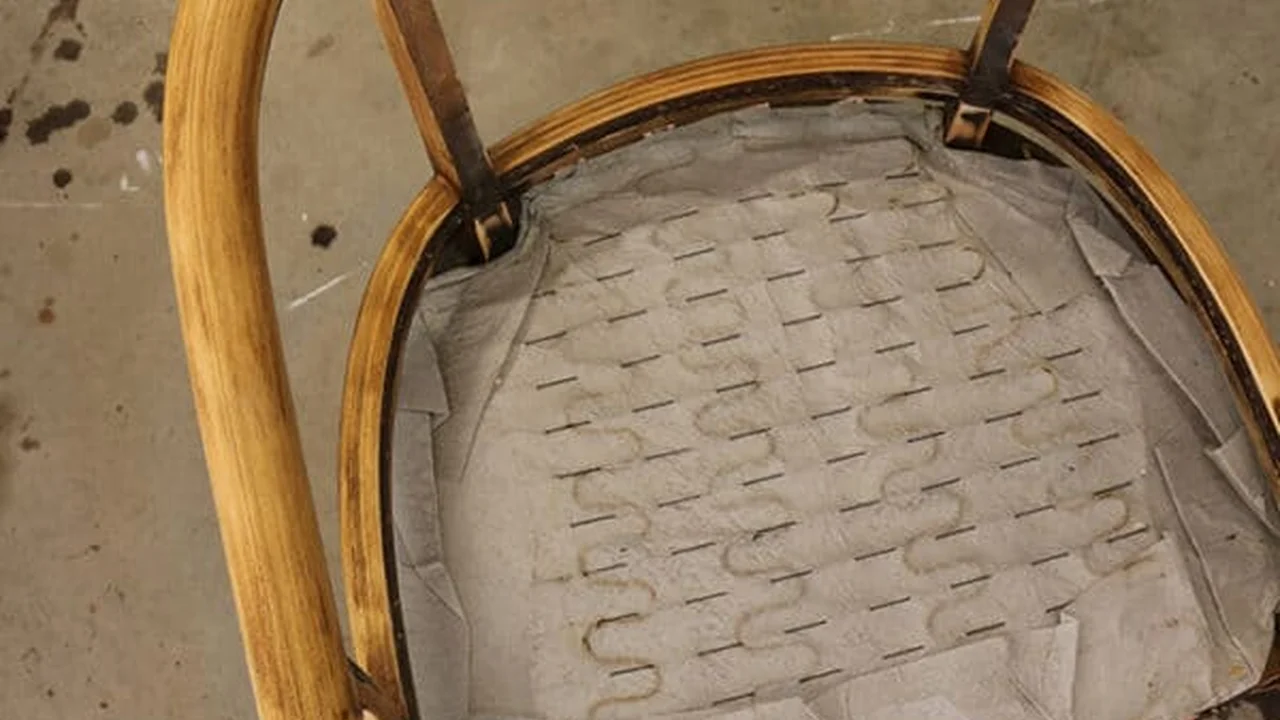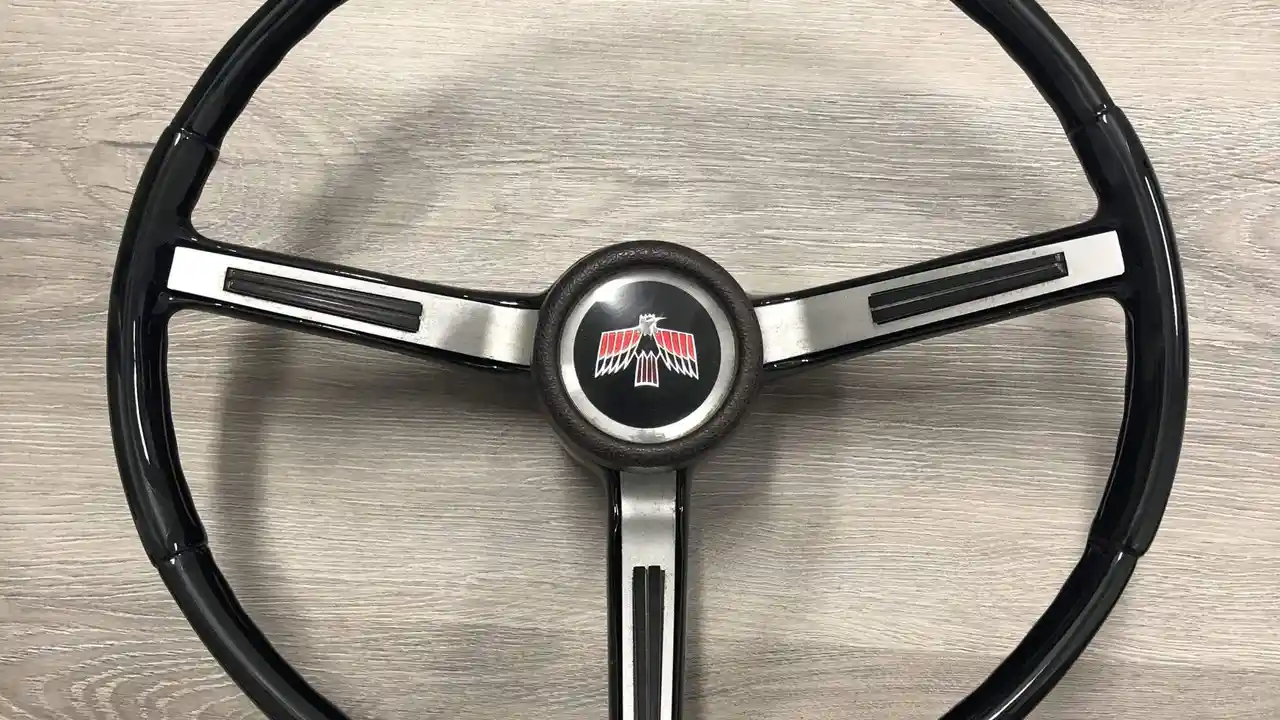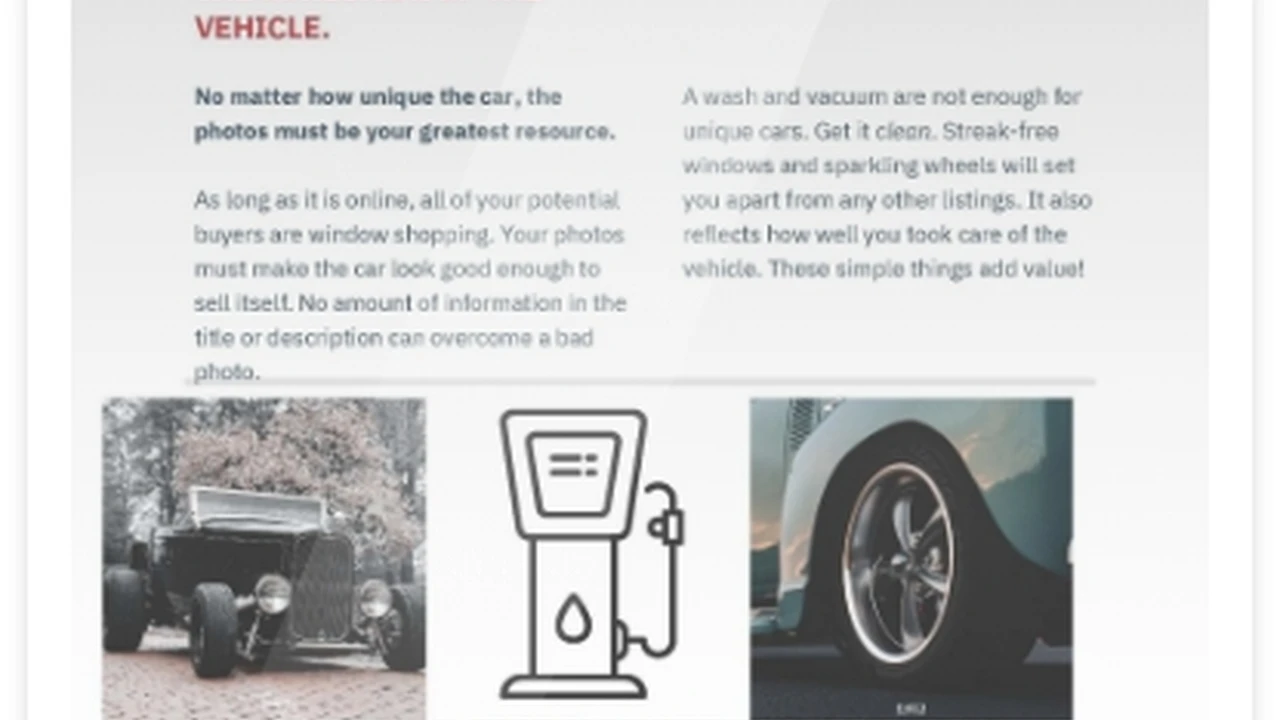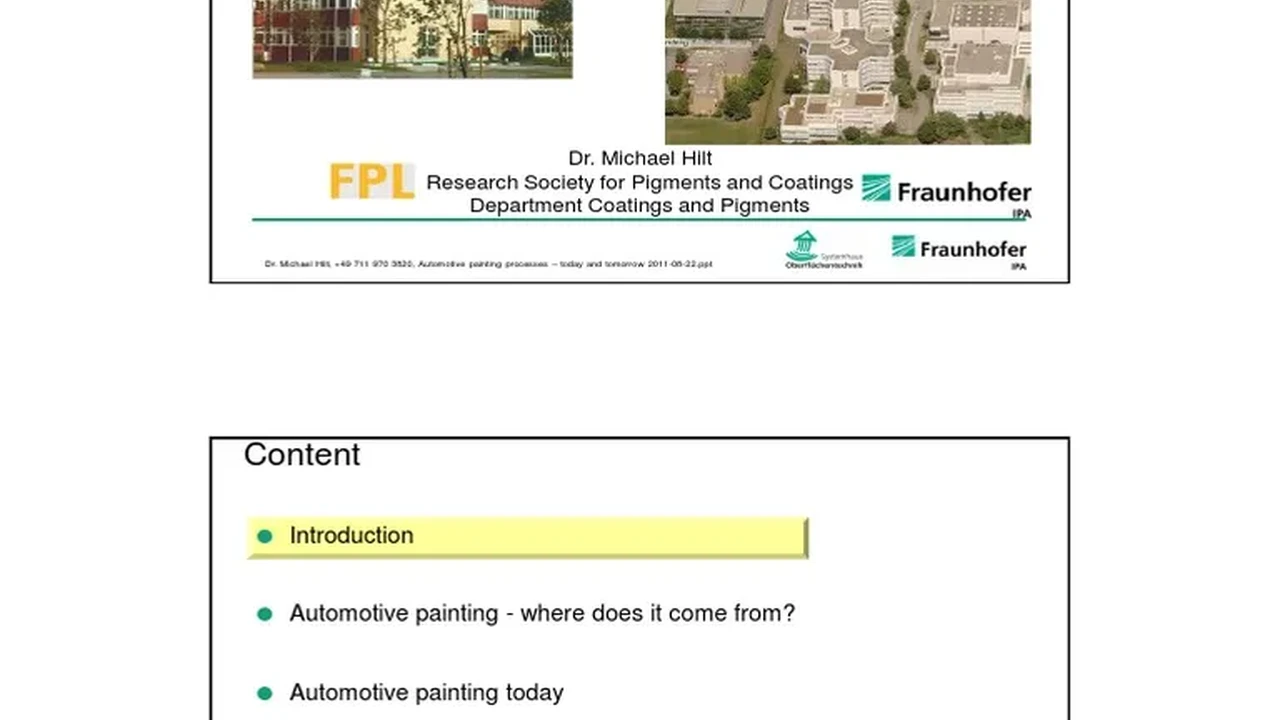Gauge Restoration: Bringing Back the Clarity
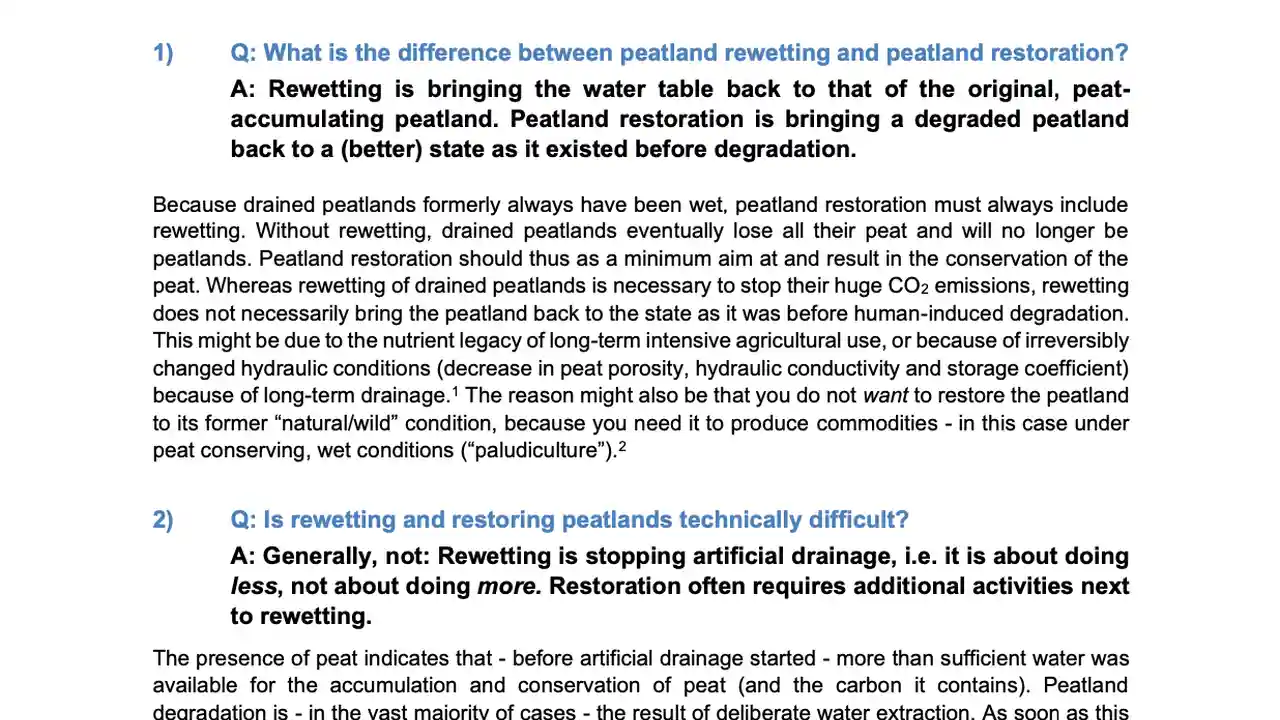
Restore the clarity and functionality of your classic car's gauges. Learn how to clean, repair, and calibrate gauges. Ensure accurate readings and enhance the interior.
Why Gauge Restoration Matters for Your Classic Car
Hey there, fellow classic car enthusiast! Ever hopped into your vintage ride, only to be greeted by hazy, inaccurate gauges? It's a bummer, right? Not only does it detract from the overall aesthetic, but it can also be downright dangerous. Accurate gauges are crucial for monitoring your engine's health and ensuring a safe driving experience. Think about it: a faulty temperature gauge could lead to overheating, and an unreliable fuel gauge might leave you stranded. That's why gauge restoration is such a vital part of any serious classic car project. Let's dive into how to bring those gauges back to their former glory!
Understanding Classic Car Gauges Common Problems
Before we start wrenching, let's diagnose what's ailing your gauges. Classic car gauges often suffer from a few common problems:
- Fading and Yellowing: Years of exposure to sunlight and heat can cause the gauge faces to fade and yellow, making them difficult to read.
- Cracked or Broken Lenses: Plastic lenses can become brittle and crack over time, while glass lenses can break.
- Corrosion: Moisture and oxidation can corrode the internal components of the gauge, leading to inaccurate readings or complete failure.
- Sticking Needles: The needle may stick or move erratically due to dirt, rust, or a damaged mechanism.
- Electrical Issues: Faulty wiring, bad grounds, or a malfunctioning sending unit can cause the gauge to malfunction.
Essential Tools and Materials for Classic Car Gauge Restoration
Alright, time to gear up! You'll need a few essential tools and materials for this project:
- Screwdrivers: A variety of sizes, both flathead and Phillips head.
- Needle-Nose Pliers: For delicate work and reaching tight spaces.
- Multimeter: For testing electrical circuits and components.
- Cleaning Supplies: Mild soap, water, glass cleaner, and a soft cloth.
- Plastic Polish: For polishing plastic lenses.
- Glass Cleaner: For cleaning glass lenses.
- Contact Cleaner: For cleaning electrical contacts.
- Fine-Grit Sandpaper: For removing light scratches from lenses.
- Paint: Matching paint for touching up gauge faces.
- Calibration Tool: (Optional) For calibrating gauges after repair.
- Soldering Iron and Solder: For repairing electrical connections.
- Replacement Parts: Lenses, needles, sending units, etc. (as needed).
Step-by-Step Guide to Cleaning Classic Car Gauges
Let's start with the basics: cleaning. This can often make a huge difference in the appearance and functionality of your gauges.
- Disconnect the Battery: Always disconnect the battery before working on any electrical components.
- Remove the Gauge: Carefully remove the gauge from the dashboard, taking note of all wiring connections.
- Disassemble the Gauge: Gently disassemble the gauge, removing the lens, bezel, and any other external components.
- Clean the Lens: Clean the lens with mild soap and water. If it's plastic, use plastic polish to remove scratches. If it's glass, use glass cleaner.
- Clean the Gauge Face: Carefully clean the gauge face with a soft cloth. Avoid using harsh chemicals or abrasive cleaners.
- Clean the Internal Components: Use contact cleaner to clean any electrical contacts.
- Reassemble the Gauge: Reassemble the gauge, making sure all components are properly aligned.
- Reinstall the Gauge: Reinstall the gauge in the dashboard, reconnecting all wiring connections.
- Reconnect the Battery: Reconnect the battery and test the gauge to make sure it's working properly.
Repairing Common Classic Car Gauge Issues
Cleaning is a good start, but what if your gauges have more serious problems? Here's how to tackle some common issues:
Replacing Cracked or Broken Lenses
A cracked or broken lens can ruin the appearance of your gauge. Luckily, replacement lenses are often available. You can find them at classic car parts suppliers or online marketplaces. Simply remove the old lens and install the new one, making sure it fits snugly.
Fixing Sticking Needles
A sticking needle can be caused by dirt, rust, or a damaged mechanism. Try gently cleaning the needle and the surrounding area with a soft brush. If that doesn't work, you may need to disassemble the gauge and lubricate the mechanism with a small amount of light oil.
Addressing Electrical Problems
Electrical problems can be tricky to diagnose, but a multimeter can be your best friend. Check the wiring connections for corrosion or damage. Test the sending unit to make sure it's sending the correct signal. If you find a faulty component, replace it.
Calibrating Classic Car Gauges for Accuracy
Even after cleaning and repairing your gauges, they may still be inaccurate. Calibration is the process of adjusting the gauge to ensure it's reading correctly. This can be done with a calibration tool, which is available from some classic car parts suppliers. The exact calibration procedure will vary depending on the type of gauge, so consult your car's service manual for specific instructions.
Product Recommendations for Classic Car Gauge Restoration
Okay, let's talk about some specific products that can help you with your gauge restoration project. Keep in mind that prices can vary depending on the vendor and availability.
Plastic Polish: Meguiar's PlastX Clear Plastic Cleaner & Polish
Description: This is a fantastic product for removing scratches and haze from plastic lenses. It's easy to use and produces excellent results.
Usage Scenario: Use it on any plastic gauge lens to restore its clarity. Simply apply a small amount to a soft cloth and rub in a circular motion.
Comparison: Compared to other plastic polishes, Meguiar's PlastX is known for its effectiveness and ease of use. It's also relatively affordable.
Price: Around $10-$15 per bottle.
Contact Cleaner: CRC Lectra-Motive Electrical Parts Cleaner
Description: This is a must-have for cleaning electrical contacts. It quickly dissolves dirt, grease, and corrosion, improving electrical conductivity.
Usage Scenario: Use it on any electrical contacts inside the gauge, such as the terminals for the bulb or the connections for the sending unit.
Comparison: CRC Lectra-Motive is a trusted brand in the automotive industry. It's known for its effectiveness and safety on electrical components.
Price: Around $8-$12 per can.
Replacement Lenses: Available from Classic Car Parts Suppliers
Description: Many classic car parts suppliers offer replacement lenses for various gauges. These lenses are typically made of high-quality plastic or glass and are designed to fit perfectly.
Usage Scenario: Use a replacement lens to replace a cracked, broken, or severely faded lens.
Comparison: The quality of replacement lenses can vary depending on the supplier. Look for lenses that are made of durable materials and are accurately sized.
Price: Varies depending on the gauge and the supplier, but typically ranges from $20-$50 per lens.
Gauge Restoration Kits: Offered by Specialized Restorers
Description: Some specialized restorers offer complete gauge restoration kits that include all the necessary parts and materials, such as lenses, needles, gauge faces, and wiring.
Usage Scenario: Consider purchasing a gauge restoration kit if you want to completely restore your gauges to their original condition.
Comparison: Gauge restoration kits can be more expensive than purchasing individual parts, but they offer the convenience of having everything you need in one package.
Price: Varies depending on the kit and the supplier, but typically ranges from $100-$500 per kit.
Finding a Professional Classic Car Gauge Restorer
If you're not comfortable working on your gauges yourself, or if they require more extensive repairs, consider hiring a professional gauge restorer. A professional restorer will have the knowledge, skills, and tools to restore your gauges to their original condition. They can also calibrate your gauges to ensure they're reading accurately.
Preserving Your Restored Classic Car Gauges
Once you've restored your gauges, it's important to take steps to preserve them. Here are a few tips:
- Keep Your Car Out of Direct Sunlight: Prolonged exposure to sunlight can cause the gauge faces to fade and yellow.
- Protect Your Car from Moisture: Moisture can corrode the internal components of the gauge.
- Clean Your Gauges Regularly: Clean your gauges with a soft cloth to remove dust and dirt.
- Have Your Gauges Calibrated Periodically: Have your gauges calibrated periodically to ensure they're reading accurately.
Restoring your classic car's gauges is a rewarding project that can enhance the appearance and functionality of your vehicle. By following these tips, you can bring those gauges back to life and enjoy a safer, more enjoyable driving experience. Happy wrenching!
:max_bytes(150000):strip_icc()/277019-baked-pork-chops-with-cream-of-mushroom-soup-DDMFS-beauty-4x3-BG-7505-5762b731cf30447d9cbbbbbf387beafa.jpg)



